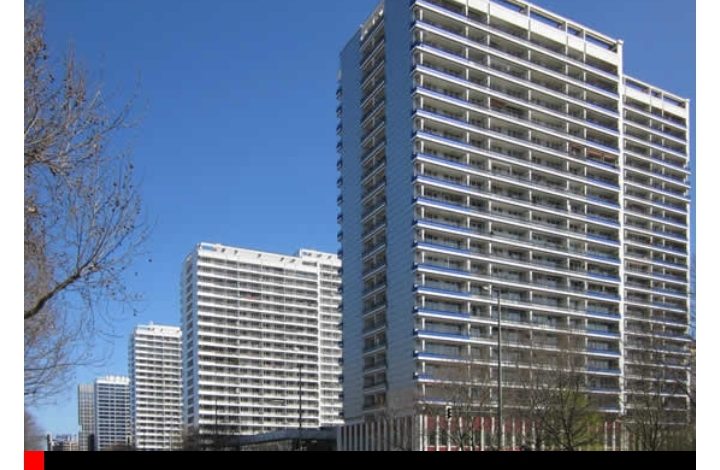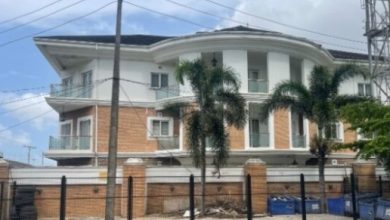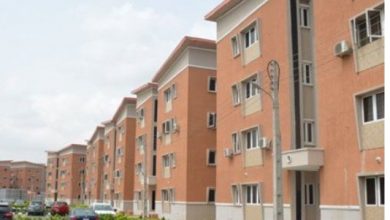Stakeholders canvass high-rise buildings to upgrade slums | Prestige Real Estate News
Stakeholders canvass high-rise buildings to upgrade slums | Prestige Real Estate News


Stakeholders are advocating high-rise construction as a sustainable solution to upgrade slums without displacing residents.
An analyst working on housing affordability in the US, Joseph Ogunlade, noted that Nigeria’s housing deficit was not just a matter of quantity, but primarily due to ineffective urban planning and land use policies.
He said, “This has led to scarcity, unaffordable land, and increased housing costs. As urban centers continue to grow and land becomes increasingly scarce in cities like Lagos, Abuja, and Port Harcourt, building further out is no longer an option. We need to start thinking about building up.
“Building up high-rise residential buildings presents an opportunity to maximise limited urban land. If we design it thoughtfully, we can close the housing gap more quickly by providing more units per square meter, as done in more developed countries.
“However, this is not just about stacking floors together. We need a plan that incorporates affordability and sustainability, a plan that ensures that developers are incentivised to build for low- and middle-income households, and locating these buildings in communities with schools, hospitals, and transportation access is essential.”
Ogunlade noted that countries like Singapore, Brazil, and, closer to home, Ethiopia, have demonstrated that high-rise housing can work when integrated with strong policies, financial support, and community infrastructure.
“Singapore’s public housing model provides affordable, high-quality homes through state-led planning and subsidized ownership. Brazil’s housing programme combines vertical housing with social development goals.
“Ethiopia has shown how local materials, public land, and state coordination can bring vertical living to low-income populations, but these successes don’t happen in a vacuum. None of them would be possible without direct government involvement and support from financial institutions,” he said.
According to Ogunlade, to make high-rise housing truly accessible, we need to expand mortgage access, reduce interest rates, and develop alternative financing models such as cooperative housing schemes or rent-to-own structures.
He added, “High-rises offer a solution to upgrading informal settlements without displacing vulnerable communities. Instead of evictions, consider public-private partnerships that upgrade slum conditions with vertical housing that is safer, better served, and more dignified. With proper government involvement, maintenance plans, and community participation, we can have those buildings last for 100s of years, like in developed nations.
“Data can and should play a central role in this effort. For instance, geospatial and demographic data can help identify urban hotspots where overcrowding is most severe, ensuring high-rise housing projects are built in areas of real need, not just in commercially attractive zones. Income and employment data also reveal what price points or housing models (e.g., rent-to-own vs. affordable rental) are financially sustainable for intended residents.
“Integrating data ensures that we are not just building more houses; we are building the right housing for the right people, in the right locations, with long-term sustainability in mind.”
In a similar vein, an estate surveyor, Olorunyomi Alatise, asserted that to succeed, high-rise slum upgrading must prioritise in-situ development, ensure community participation, and align with integrated government policies across housing, planning, and social services.
“Upgrading slums through high-rise construction will present potential benefits such as efficient land use, improved infrastructure, and economic uplift through formalisation and mixed-use development. However, it also presents serious risks, including displacement, unaffordability (the displaced locals won’t be able to afford it), social disruption, and maintenance challenges.
“To be successfully implemented, such projects must involve community participation, prioritise in-situ development where possible, and be supported by integrated govt policies across housing, planning, and social services,” he said.
– The PUNCH






